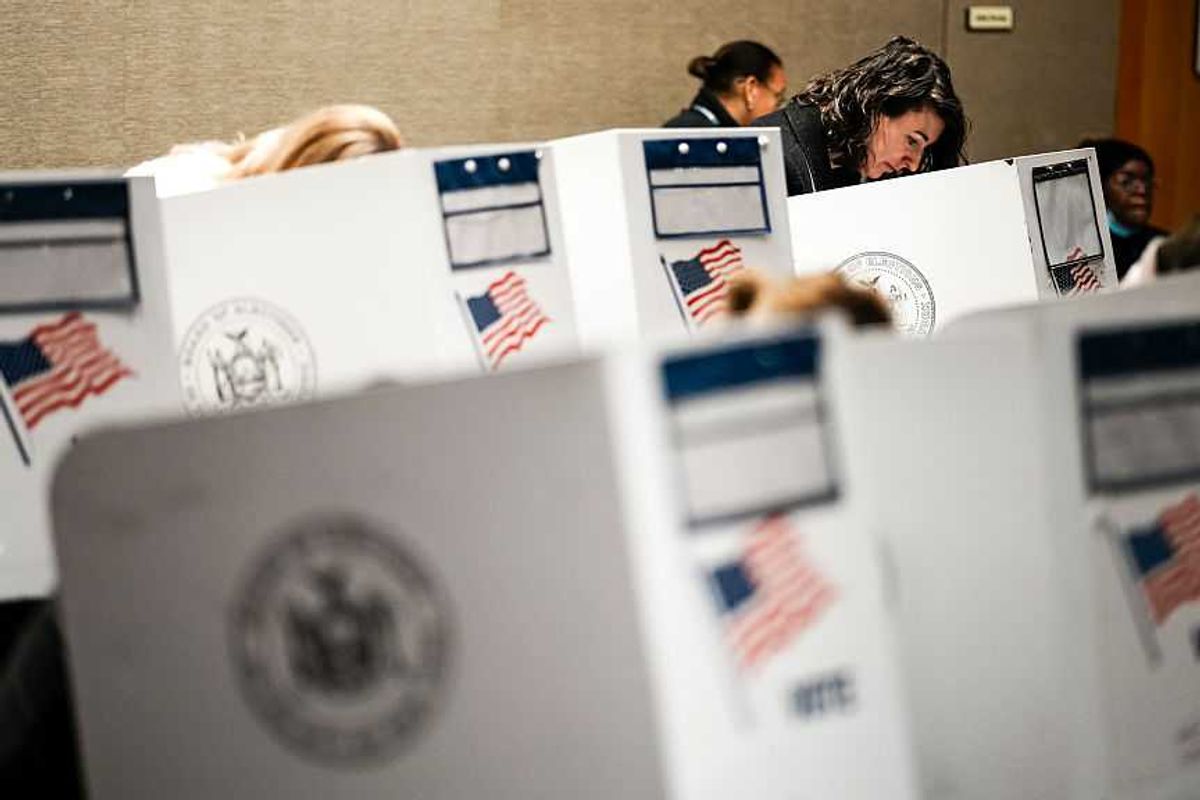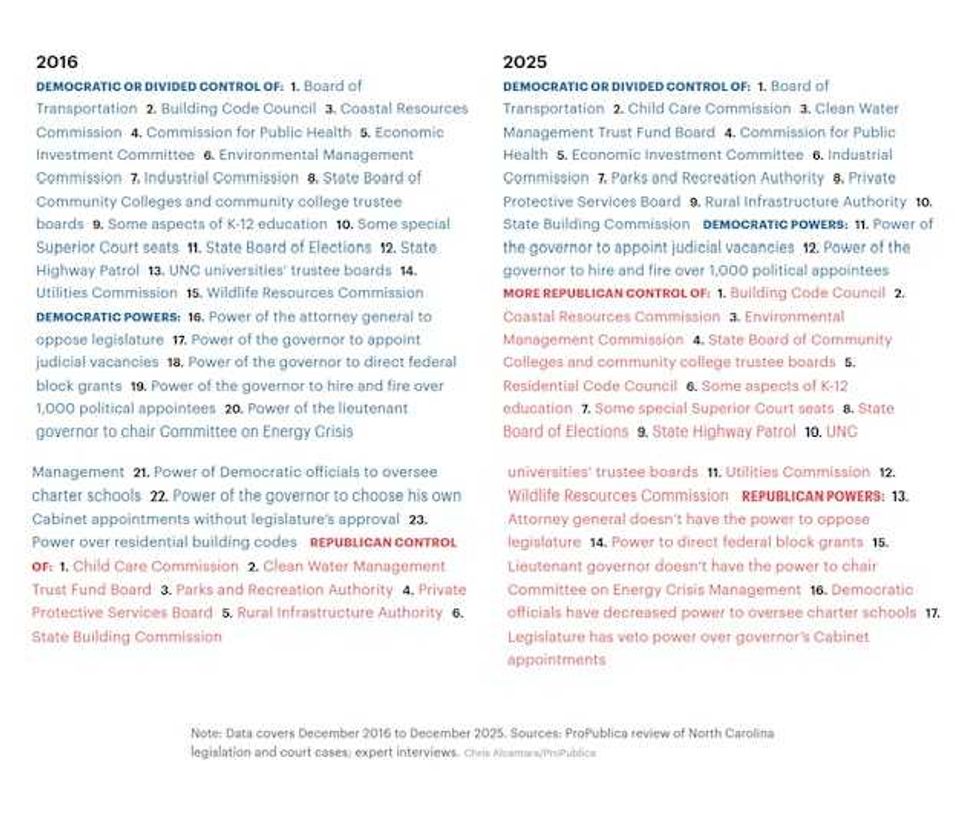Lopez is president of the Hispanic Leadership Fund, a nonpartisan public policy advocacy organization that advances liberty, opportunity and prosperity for all.
With financial insecurity looming in the consciousness of millions of Americans, it was encouraging to see the U.S. House of Representatives recently passed legislation that strengthens and expands opportunities for those who participate in private retirement plans through their employer. Tens of millions of Americans stand to benefit from potential changes in the law.
The Securing a Strong Retirement Act, often referred to as SECURE 2.0, passed the chamber with overwhelming bipartisan support (by a vote of 414-5) — which is in and of itself eyebrow-raising these days.
The bill includes a series of critical changes that will help small businesses and their employees, lower- and middle-income families, and anyone attempting to save and improve their economic outlook.
One of the most important provisions of SECURE 2.0 is enhancement of the Saver’s Credit, a tax credit available to low- and moderate-income workers who make contributions out of their salary to their employer-sponsored 401(k), 403(b), SIMPLE, SEP or governmental 457 plan, or who contribute to traditional or Roth IRAs.
Under current law, the credit percentage — which is multiplied by the contribution (up to the maximum contribution of $2,000) — is 50 percent, 20 percent, 10 percent or zero, based on the taxpayer’s modified adjusted gross income. SECURE 2.0 eliminates the MAGI tiers and makes the credit percentage 50 percent for all who don’t surpass the upper-income threshold. For example, if a married couple has $48,000 of income, and one of them makes a $2,000 contribution to a plan or IRA, the current credit of 10 percent equals a $200 tax credit. Under SECURE 2.0, that same couple would receive a 50 percent credit — $1,000.
SECURE 2.0 also incentivizes small businesses to offer retirement plans, an employee benefit that is often difficult for small businesses to establish.The three-year small-business start-up credit is currently 50 percent of administrative costs, up to an annual cap that can be as much as $5,000. If a company with up to 100 employees starts a retirement plan and spends $3,000 per year administering it, the employer currently receives a $1,500 per year credit for three years. Under SECURE 2.0, that 50 percent credit would increase to 100 percent for employers with up to 50 employees, going from $1,500 to $3,000 in this example.
To illustrate the power of the additional credit based on contributions, assume that a 40-employee company makes $500 contributions for each of its employees. The contribution-based credit for that company over five years would total $70,000 — $20,000 in each of the first two years, $15,000 in the third year, $10,000 in the fourth and $5,000 in the fifth. This is a powerful incentive that helps both the small business itself and of course its employees.
SECURE 2.0 allows student loan payments to be treated as elective deferrals for purposes of matching contributions. Under the bill, an employer would be permitted to make matching student loan contributions under 401(k) and 403(b) plans. This addresses a problem facing millions of employees who are so buried in student debt that they cannot afford to make retirement contributions and thus lose out on matching contributions offered by their employer. For example, if an employer provides a 50 percent match and an employee makes student loan payments of $1,000, the employer would make a $500 contribution to the plan on behalf of that employee.
There are a whole host of other provisions. For example, the bill would help part-time employees become eligible to participate in their employer’s retirement plan, addressing a key concern under today’s rules. Also, the bill would help our nation’s military spouses become covered by retirement plans despite having to move so much to support their spouses. And the bill establishes a lost-and-found registry to help individuals find retirement benefits that they have earned but lost track of.
With bipartisan cooperation toward solving problems seeming impossible to find, the SECURE 2.0 bill represents important progress that benefits working families across the country. The Senate has its own version making its way through the legislative process. Those following these bills closely expect that these bills will be combined and probably included in a broader legislative package.
Regardless of how it comes to be, let’s hope that lawmakers continue to work together on such a critical issue as financial empowerment for everyday Americans.





















